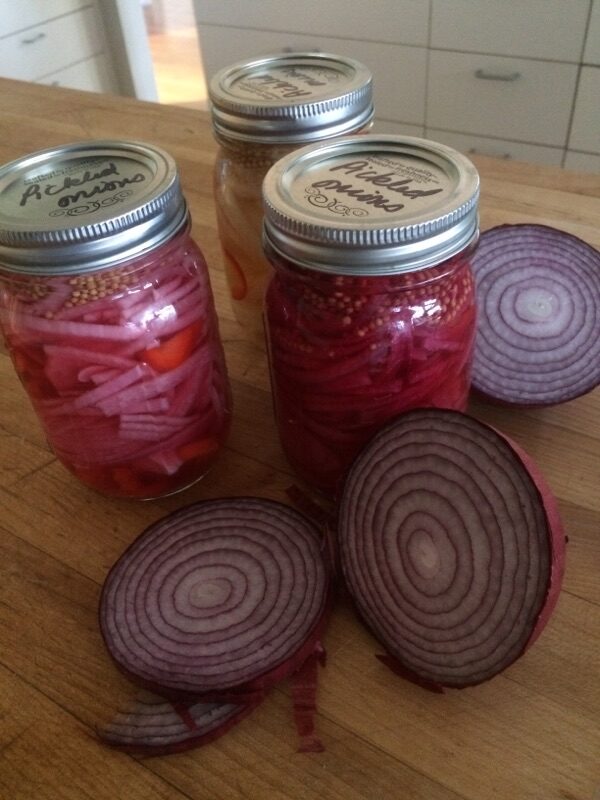You’ve reached your breaking point. You’ve tripped over the same thing in the living room too many times. Now you’ve picked it up to finally put it away and you realize – you have nowhere to put it. You have too much clutter in your home. So what do you do? How do you decide where to start so you can reduce the clutter in your home and make your walkways safe once more?
Getting started is easier than you think. If you want to take control of clutter, get a few boxes – start with one for each room in your home and begin organizing one room at a time.
Begin this initiative by removing everything on top of your cabinets, tables and in bookcases, and then place it all in a box, says Keith McCleary, academic director of Interior Design at The Art Institute of York – Pennsylvania. If there are other random accessories in the room, remove those, too. Keep just the basic furnishings. Now sit with the room in its simplest form for a short time.
“In room design, make good decisions about what you choose to put in the room and, often more importantly, in what you choose to leave out,” McCleary says. “Simplicity and clean lines make a room feel livable, and that’s what it’s really all about: comfortable living.” Think about the kind of focal point you’re trying to create. How should you orchestrate this space and show off your special pieces in terms of size, scale, color and texture?
After a day or two has passed, go back to the box and look for items that define your personality, or will be noticed by guests visiting your home. “Ask yourself: when is enough, enough?” says McCleary. “Each piece of furniture in the room can function to complement. Accessories and works of art should contrast.”
When you look at your well-designed room, you should see positive elements, as well as appreciate the possibility for negative space by removing unnecessary pieces that don’t add to the design composition.
Interior design students at The Art Institute of York – Pennsylvania are taught to help their clients step back and ask themselves: Is it finished now? You can err when you go shopping and purchase nice pieces for your home, because before long you may have accumulated too many of those nice things. Take a hard look at some of those things you don’t really want or need; it might be time to share that stuff with your local Goodwill.
Sometimes, you might think you have to keep memorabilia or outdated gifts from Aunt Ethel in your home all the time. “Not so,” says McCleary. “It’s perfectly acceptable to remove those items when you do your box exercise.” If you get a call from Auntie when she plans her next visit, head to the attic and put those old Beanie Babies she gave you when you were a fanatical collector decades ago on a shelf in your den – temporarily. She’ll be happy for the gesture. When she leaves, feel free to put them back in the box of memories until her next visit.
After you complete this exercise in each room in your home, you’ll notice that the clutter has disappeared. Now you can recognize how attractive the remaining items are in that same space. This initiative takes determination and focus, but when you’ve completed the exercise, your focus can be on the lovely space you’ve recreated. To learn more about The Art Institutes schools, visit http://www.artinstitutes.edu/nz.

















